Hello, fellow adventurers! Today, I take you on a journey back in time, to a site that is altering our understanding of human history – Göbekli Tepe (GÖBEKLİ TEPE in Turkish)(Potbelly Hill in English).
What is the Mystery of Göbekli Tepe?
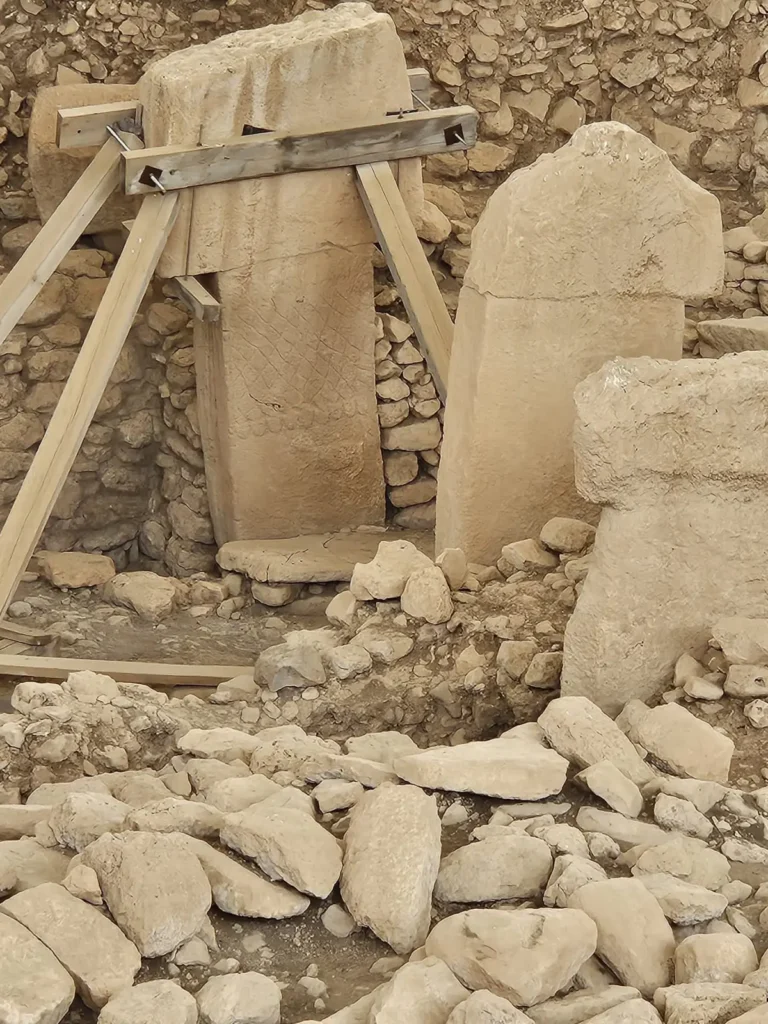
The ancient site, translating to “Potbelly Hill” in Turkish, has intrigued archaeologists since its discovery in the 1960s. It’s a vast complex of carved stones and animal shaped pillars arranged in circles. The mystery lies in the fact that this site predates settled human life.

It challenges the conventional timeline of human civilization, pushing back the advent of monumental architecture and organized ‘religion’ thousands of years earlier than previously thought.

Is Göbekli Tepe Older Than Egypt?
Gobekli Tepe is indeed older than Ancient Egypt. The site dates back to around 9600 to 7300 BC, which makes it nearly twice as old as Egypt’s pyramids.
Was Göbekli Tepe Buried on Purpose?

Göbekli Tepe was intentionally buried around 8200 BC for reasons still unknown. Some archaeologists speculate that this might have been done to preserve the site for future generations.
Is There Anything Older than Göbekli Tepe?

Göbekli Tepe is currently the oldest known monumental religious site.
There are older human settlements, but none display the same level of complexity and sophistication in terms of architecture and symbolism.

Could Gobekli Tepe Be the Garden of Eden?

Some speculate that Göbekli Tepe’s lush location, coupled with its age and the significant human effort in its creation, aligns with biblical descriptions of the Garden of Eden.

However, this remains a theory, and the actual location of Eden—if it indeed existed—remains a mystery.
Where is the Garden of Eden Found on Earth?
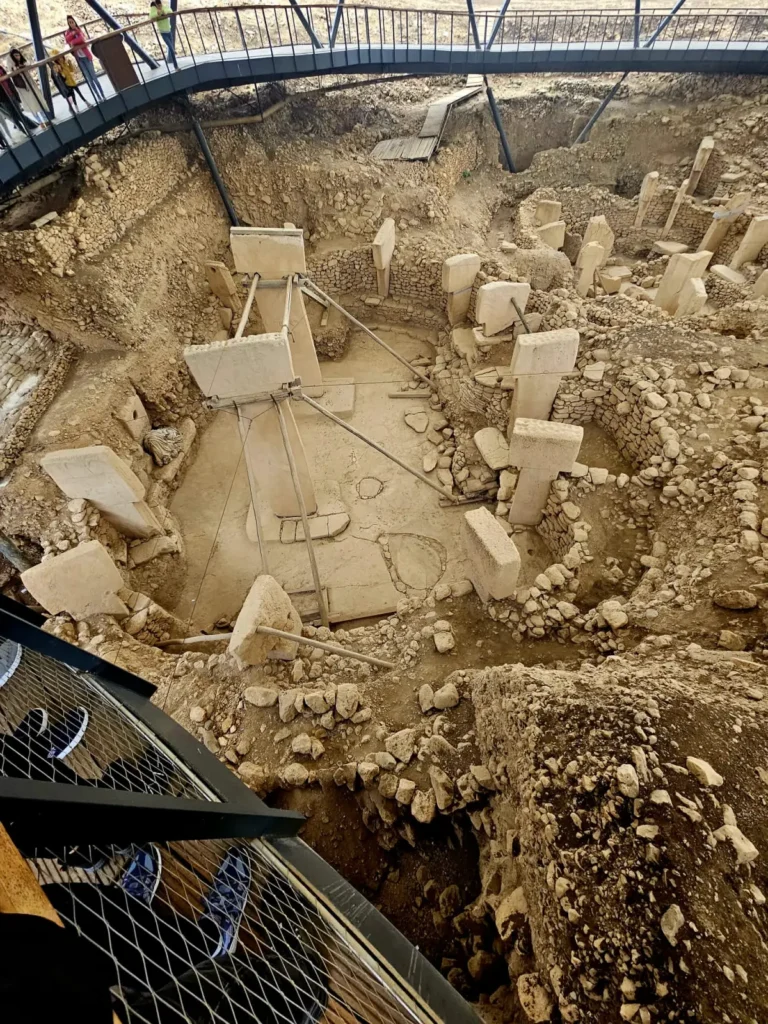
The location of the Garden of Eden, as described in the Bible, is a topic of much debate and speculation. Some locate it in Iraq, others in Armenia, while some theories point to Göbekli Tepe. However, there is no archaeological evidence to conclusively prove any of these theories.

What Was the Connection Between Gobekli Tepe and Religion?

Göbekli Tepe is considered by many as the world’s first temple, and its carvings suggest it was a place of ritual importance.

The intricate carvings of animals and bones and symbols might indicate a form of prehistoric animistic belief, suggesting an early form of religious practice.
How Much Older is Gobekli Tepe Than the Pyramids?
Gobekli Tepe predates the Egyptian Pyramids by over 6,000 years. The oldest pyramid, the Step Pyramid of Djoser, dates back to 2667-2648 BC, whereas Göbekli Tepe is believed to have been constructed around 9600 BC.
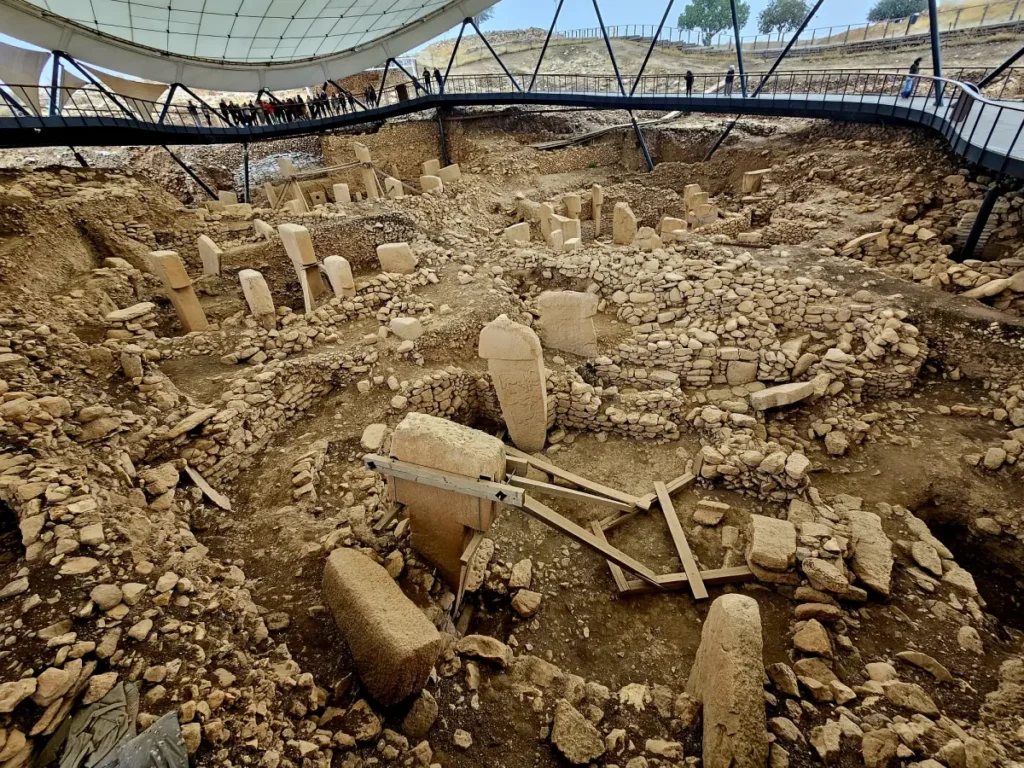
Is Gobekli Tepe Safe to Visit?
Yes, the archaeological site in southeastern Turkey is generally considered safe to visit. The area is a popular destination for tourists interested in ancient history and archaeology, and local authorities have taken measures to ensure the safety and security of visitors. The site is well-maintained, with guided tours available to provide a comprehensive understanding of its significance. However, as with any travel destination, it is advisable to stay informed about current travel advisories and local conditions. Visitors should follow the guidance of local authorities and tour operators to ensure a safe and enjoyable experience. You may want to read Sanliurfa Travel Blog 2023.

Was Göbekli Tepe Built Before the Ice Age?
Göbekli Tepe was built after the last Ice Age during the Neolithic period, a time when humans began transitioning from a nomadic hunting-gathering lifestyle to settled farming.

Who Inhabited Gobekli Tepe?
The exact identity of the people who built Göbekli Tepe remains unknown. They were likely prehistoric hunter-gatherers, who had not yet developed settled agriculture.
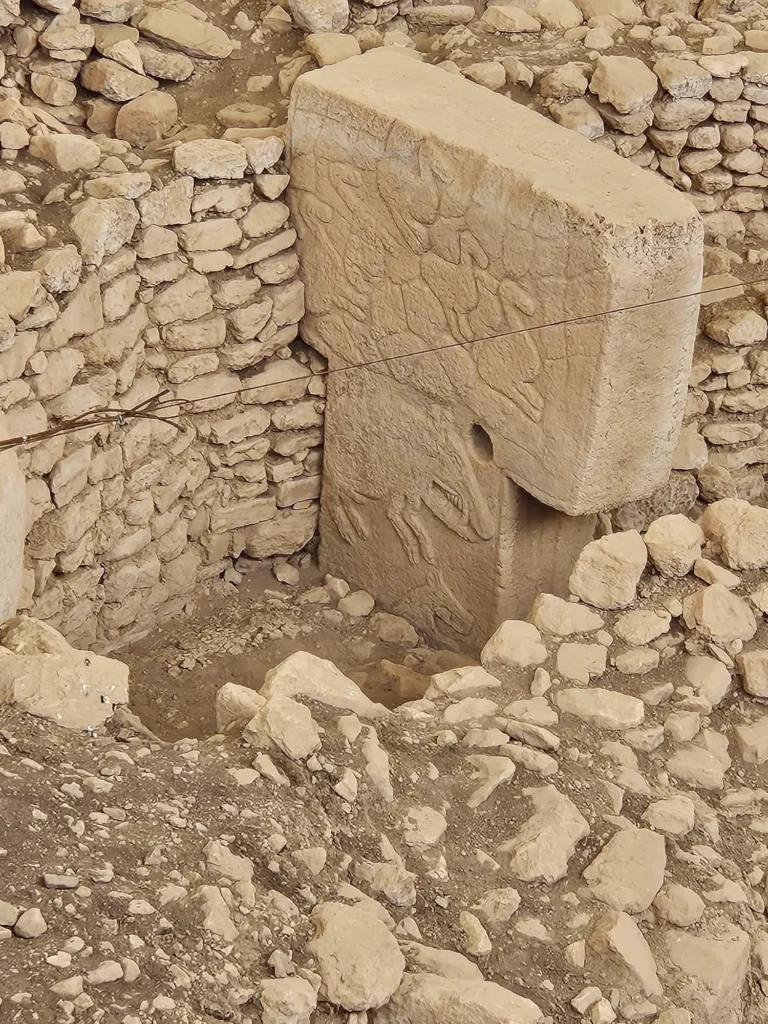
Visiting there is a journey to the dawn of civilization, a testament to the creative and spiritual capacity of our early ancestors. It’s an experience that leaves you pondering over the mysteries of human history, and the untold stories that lie beneath our feet.
For more travel blogs and historical facts, Click!
New sculptures have been discovered at Göbekli Tepe and Karahantepe!
New sculptures have been discovered at the site and Karahan tepe. Göbekli Tepe, often referred to as the “zero point of history” due to its 12,000-year-old history, has yielded its first painted sculpture, while Karahantepe has revealed the most realistic human sculpture to date.
In the ongoing excavation work in Sanliurfa, full-sized sculptures of a wild boar and a human have been discovered at Gobekli Tepe and Karahantepe.
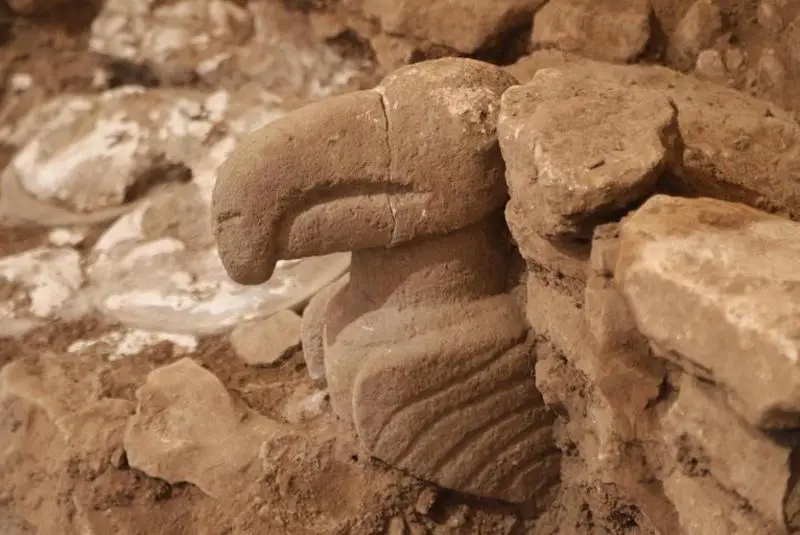
In the ancient archaeological site, one can find fascinating carvings of animals that offer a glimpse into a prehistoric world. These depictions, etched onto massive stone pillars, include a variety of creatures such as lions, boars, foxes, snakes, and birds. The artistry is remarkable, capturing the essence of each animal with striking detail and realism. These images are believed to have held significant meaning for the people who created them, possibly symbolizing spiritual beliefs, myths, or stories important to their culture. The intricate designs suggest a society with advanced artistic skills and a deep connection to the natural world. These carvings not only showcase the talent and imagination of ancient artisans but also provide valuable insights into the fauna that inhabited the region thousands of years ago. Studying these animal representations helps archaeologists and historians piece together the lives and beliefs of one of the earliest known civilizations.
In the Karahantepe excavation, one of the realistic human sculptures of the period has come to light. Standing at a height of 2.3 meters and featuring a lifelike facial expression, this sculpture is an exemplary piece of prehistoric art.
According to an announcement by the Ministry of Culture and Tourism, as part of the Stone Hills project in 2023, various human and animal sculptures have been unearthed in 9 neolithic sites during excavation work.
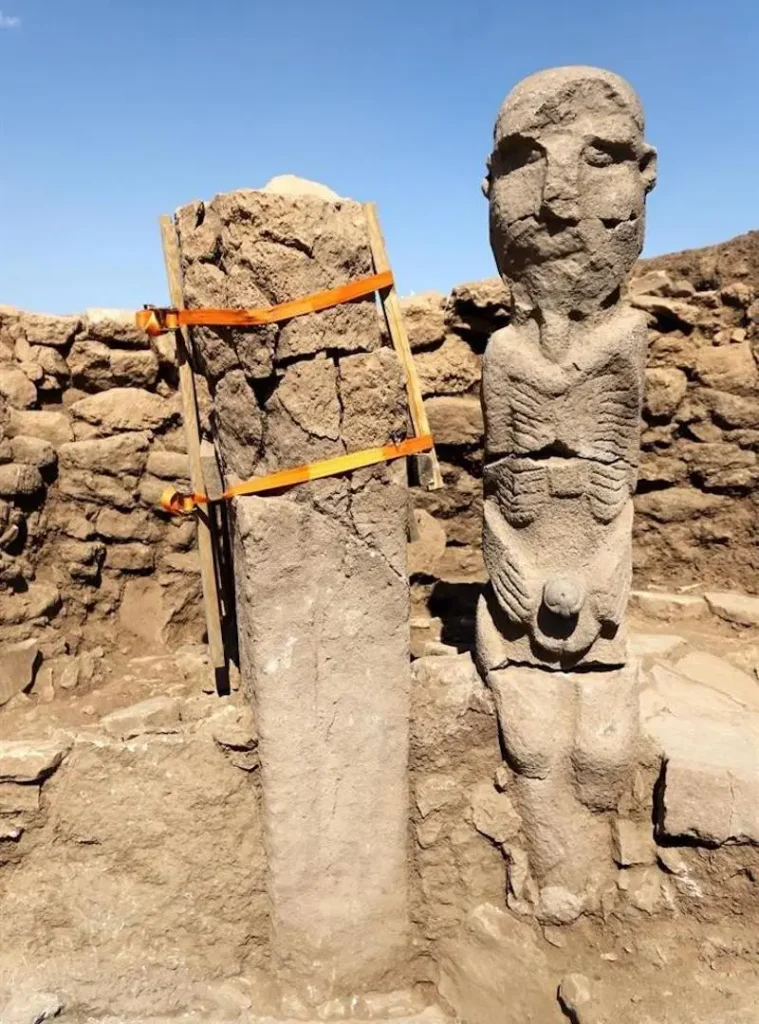
New Discovery in Gobekli Tepe
During the excavations, a life-sized wild boar sculpture made of limestone was found in Structure D of the site. The boar sculpture exhibiting remnants of red, white, and black pigments on its surface, holds the distinction of being the first painted sculpture to have survived from that era to the present day. these pictures taken in the ancient site will shed a spotlight on the starting point of human civilization!

The wild boar sculpture from there was uncovered on a platform. We believ that they were decorated with symbols such as an ‘H’ shape. There are many others like a crescent, two snakes, and three human faces or masks.
In the excavation work carried out at Karahantepe, one of the realistic human sculptures of the period was revealed. This sculpture, standing at 230 cm in height, is an exceptional example of prehistoric art with its realistic facial expression.

The sculpture was found fixed to the ground within a niche. In the area where the seated sculpture with prominent rib, spinal, and shoulder bones reminiscent of a human was discovered. There were also vulture sculptures mounted on the wall and stone plates placed on the ground.
